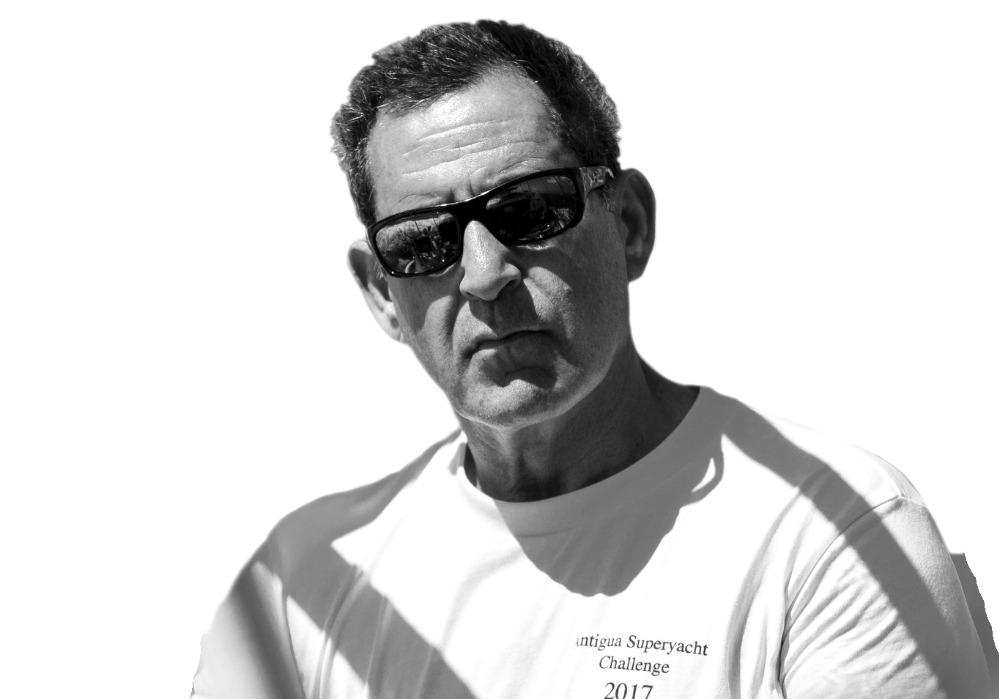Sailing with zero emissions
Peter Wilson, co-founder of MCM, on the company’s quest for yachting’s holy grail…
In the words of Albert Einstein, “The problems that exist in the world today cannot be solved by the level of thinking that created them.” So, what are the ‘problems’ within the superyacht industry? For this exercise, let’s supplant the word problem for challenge. One could ask how we promote sustainability in the yachts that we build.
The word sustainability, along with environmentally or ecologically friendly, was rarely, if ever, used when we started MCM over three decades ago. However, back then, yachts were simply more sustainable by dint of the fact that they were generally smaller, with less ‘sophistication’. Typically, we didn’t need enormous engines and generators thumping away all day long. Those were simpler times when going sailing was to leave it all behind. As expectations grew through the vision of the clients, coupled with the innovation and creativity of designers and shipyards, what was once deemed impossible became possible – along with attendant complexities.
Today there is a trend, again promoted by our clients, whereby they are steadfast in their mandate to protect the very environment that draws them to the sea in the first place. They want to enjoy pristine anchorages. They don’t wish to sail through seas of the subtropical five gyres. They want to live harmoniously with marine life in their environment. Then we must rise to the occasion.
As a case in point, we are currently developing a yacht for such clients. Their clear mandate is to create a large sailing superyacht that has zero emissions. A bold mission. To achieve this, they have assembled a design, research, and development team to analyse and explore all available technologies to look within and far beyond the boundaries of the marine industry. Exciting stuff!
When a vessel is being propelled purely by sail, there are, in principle, no noxious gases being released. But add to that how to hoist and trim the sails, steer, have light, heating, cooling, cooking, a functioning black-water-treatment system, navigate, communicate – or drink a cold gin and tonic? It’s pretty simple – batteries right? No combustion engines and no generators, and therefore no fuel tanks (or exhaust fumes). Plenty of room for batteries. But how do you develop batteries that have sufficient energy density to be able to actually fit the multi-megawatt banks in the hull, and have sufficient room for a galley, cabins, crew quarters and a main salon, for example? As has been done with Tesla, we are finding solutions.
But, of course, batteries do not magically generate their own power, they need charging! Alongside the dock, it’s straightforward – the yellow umbilical cord takes care of that. But once you leave the dock you are immediately depleting the batteries as you use the electric motor to propel the yacht out of the harbour.
To power the shore-based electrical grids to heat and light our houses, there is plenty of development in generation through ocean currents and tides. On a yacht, once sailing merrily along, with hydro turbines one can propel the vessel or reverse the blades and charge. So, for a small sacrifice in velocity, an abundance of electricity can be generated.
This means there is a premium on weather routing to ensure that one can sail a course that is both efficient in terms of arriving at your destination and of doing so with charged batteries along the way. Not too dissimilar than tea clippers used to do to achieve the highest price for their cargo when they sailed back to England. They developed the most efficient routes through empirical data. We have used plenty of computer power and human brainpower to look at the best routes for some of the principal passages – Gibraltar to the Caribbean, Galapagos to Fiji for example. For ocean racing yachts, there are software packages, but they do not take into account the necessity for charging batteries, they simply try to get you from A to B along the quickest and shortest route trading off course sailed versus VMG based on the theoretical velocity prediction characteristic of the yacht. We have a different mandate – not one purely driven by the shortest elapsed time between two points.
Then what happens when you are at anchor? You are depleting the batteries with no sailing velocity to charge them – unless you are anchored in a raging river. Photovoltaic is a fairly mature technology. So, adorning the yacht with solar panels will help, but not sufficiently. Then one needs to look further and consider wind turbines and nascent kite power technologies to charge the batteries – and then of course, as the afternoon sea breeze fills in, one can simply go for a sail. Good for the yacht and good for the soul.
We humans are constantly innovating and inventing, and, as the saying goes, necessity is the mother of invention. We recognise that we need to protect the planet and through innovation and clear thinking we can harmoniously still do the things we love – solve the problems with a higher level of thinking than that which created them.
Profile links
NEW: Sign up for SuperyachtNewsweek!
Get the latest weekly news, in-depth reports, intelligence, and strategic insights, delivered directly from The Superyacht Group's editors and market analysts.
Stay at the forefront of the superyacht industry with SuperyachtNewsweek
Click here to become part of The Superyacht Group community, and join us in our mission to make this industry accessible to all, and prosperous for the long-term. We are offering access to the superyacht industry’s most comprehensive and longstanding archive of business-critical information, as well as a comprehensive, real-time superyacht fleet database, for just £10 per month, because we are One Industry with One Mission. Sign up here.
Related news

Let’s face it, innovation is hard
But it is also essential, says John Venables, president & CEO of Naiad Dynamics
Technology
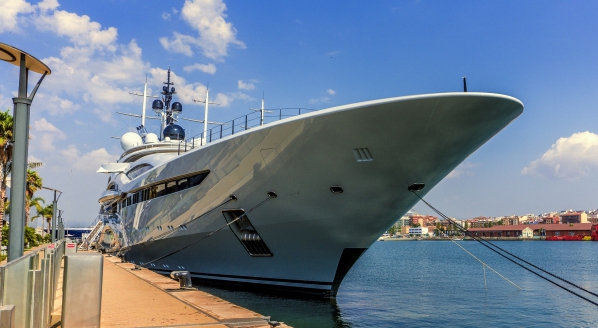
WRF conducts research into environmental impact of superyachts
The foundation is asking captains and marinas for insight into shore power availability and usage in marinas
Business
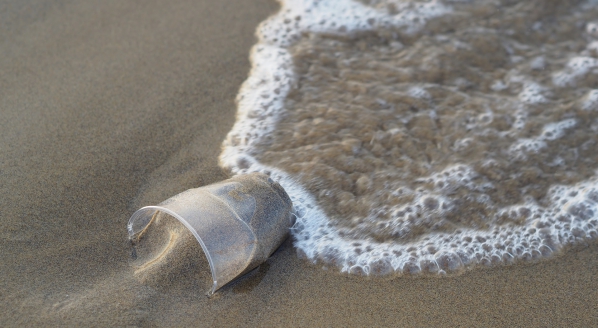
Tackling microplastics through superyachts and technology
Victoria International Marina CEO Craig Norris presents a technology from Ocean Diagnostics to tackle plastic pollution
Technology

Creating a sustainable future for superyachts
Daniel Kerkhof, director of Crestron Marine, explores the evolution of sustainability and control
Technology
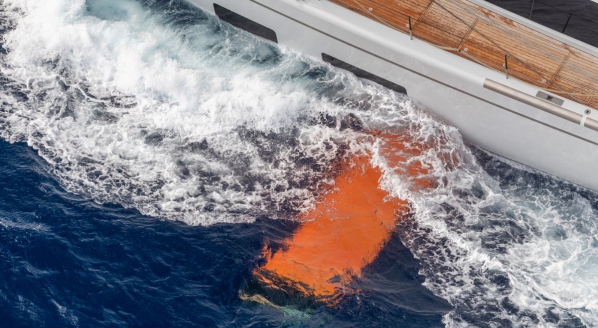
The future of sailing
Gordon Kay of Infiniti Yachts explains how delving into history can sometimes offer a glimpse into the future
Technology
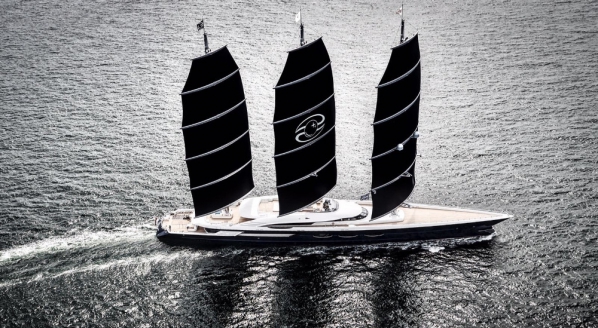
Black Pearl: paving the way to a sustainable future
Captain of 107m Black Pearl, Chris Gartner, reveals the yacht’s impact on the superyacht market since its delivery
Crew
Related news
Let’s face it, innovation is hard
5 years ago
Creating a sustainable future for superyachts
5 years ago
The future of sailing
5 years ago
Royal Huisman starts construction on Project 405
5 years ago
NEW: Sign up for
SuperyachtNewsweek!
Get the latest weekly news, in-depth reports, intelligence, and strategic insights, delivered directly from The Superyacht Group's editors and market analysts.
Stay at the forefront of the superyacht industry with SuperyachtNewsweek


